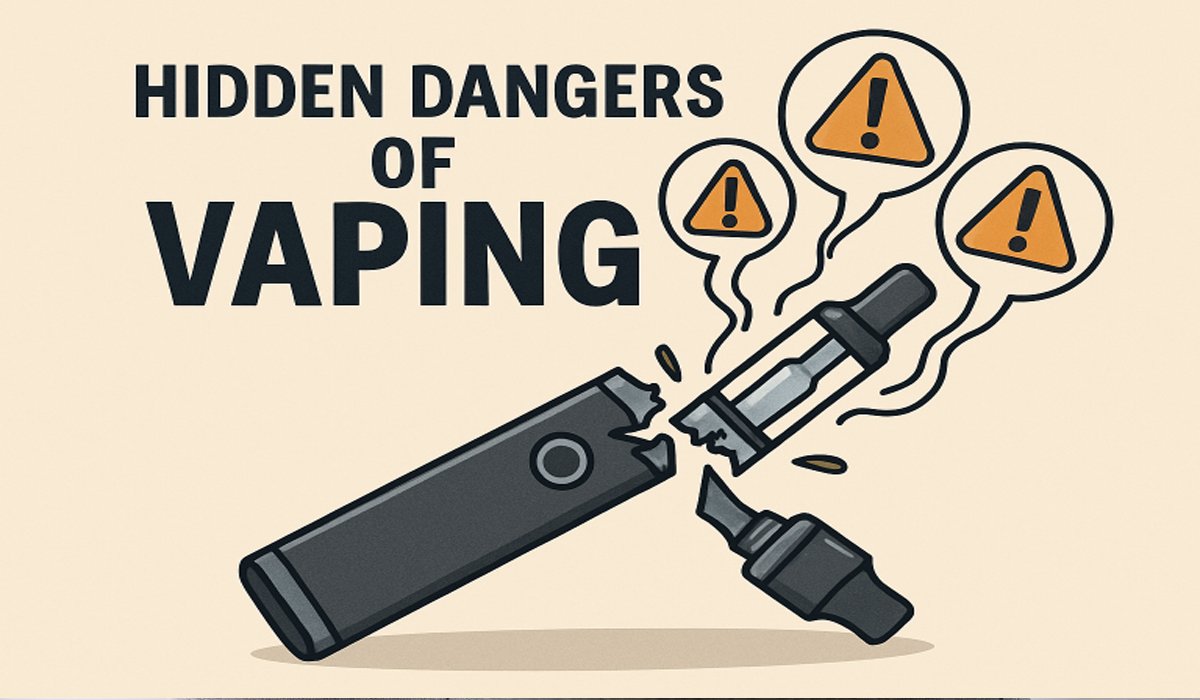The escalating worldwide noncommunicable disease (NCD) epidemic is more than simply a medical problem. It is a challenge that puts economies, lives, and healthcare systems to the test. Chronic respiratory illnesses, diabetes, cancer, and cardiovascular disorders are responsible for more than 74% of annual fatalities worldwide. The resources to fight back are gradually catching up, but the strain is tremendous. In addition to providing a means of survival, a digital health solution presents a genuine opportunity to change the way healthcare institutions react.
The World Health Organization (WHO) and the International Telecommunication Union (ITU) recently released a joint report that throws this into sharp relief. In the next ten years, we could save almost two million lives if we invest just 24 cents per patient year in digital health treatments. This projection is not abstract. It is a strategic possibility based on actionable, scalable technology.
Why 24 Cents Can Change Everything
The WHO-ITU research claims that a small investment can avert seven million hospitalizations and acute episodes over the next several years. That would significantly lessen the strain on the world’s already overburdened health systems. However, the goal here is to spend wisely, not to spend less. The case for a digital health platform is indisputable when you take into account the return on investment in terms of lives saved and long-term cost savings.
The Power of Smart Interventions
The goal of digital health solutions like telemedicine, intelligent automation, and mobile messaging is to close the gap between patient needs and the provision of care.
- Telemedicine: It gives patients in underserved or isolated locations direct access to specialized treatment by bridging the gap between them and specialists.
- Mobile Messaging and Chatbots: They provide behavioral nudges and personalized health information to encourage healthier living choices.
- Real-time Data Integration: By gaining actionable information, clinicians may improve response times and treatment planning accuracy.
These are not experimental tools. They operate in over 60% of nations that have already put digital health plans into place. Accelerated adoption and integration throughout general and specialty care systems must now be the main focus.
The True Scope of NCDs
Non-communicable diseases are not limited to a particular area or population. They are the primary cause of mortality worldwide, and a large number of them are avoidable. For most NCDs, there are four modifiable risk factors:
- Use of tobacco
- Unhealthy eating habits
- Alcohol abuse
- Lack of physical activity
These habits result in diseases including obesity, high blood pressure, and high blood sugar, all of which significantly increase the chance of developing a serious chronic illness. Early intervention, education, and real-time data, however, can help track, monitor, and mitigate these risks. Digital health can help with that.
What Makes NCD Management So Complex?
Lifelong treatment, regular follow-ups with several experts, and constant monitoring are usually necessary for patients with NCDs. It is about ongoing care coordination, not about sporadic medical visits. This degree of consistency is not the norm for most healthcare systems.
Compounding Challenges
- Resource Fragmentation: Physicians find it challenging to obtain a comprehensive picture of a patient’s status due to data silos and disjointed care systems.
- Geographical Barriers: Specialty care is still inaccessible to millions.
- Delayed Diagnoses: Chronic illnesses increase without early identification, necessitating costly therapies.
- Clinician Burnout: Outdated systems and manual tracking add to the administrative load.
These discomfort locations impair treatment and cause response times to slow down. In addition to addressing each of these issues, a digital health solution transforms them into possibilities.
Bridging Specialty Care Gaps with Digital Infrastructure
NCD patients frequently need specialized, high-touch treatment that is difficult for regular systems to provide reliably. Specialty care may now be proactive rather than reactive thanks to digital tools.
How Technology Supports Specialty Care
| Function | Digital Impact |
| Risk Stratification | AI tools identify high-risk individuals using multiple data points |
| Care Planning | Dynamic care pathways tailored to patient profiles |
| Remote Monitoring | Continuous tracking without physical appointments |
| Alerts and Reminders | Real-time triggers for clinicians and patients |
| Outcome Tracking | Longitudinal views of patient health trends |
Specialty care’s digital revolution improves access to treatments, cuts down on needless hospital stays, and matches care to the requirements of each patient.
The Digital Divide: What’s Holding Progress Back?
Implementation of digital health policies is still unequal, even though 60% of countries have done so.
Key Bottlenecks
- Legacy Infrastructure: A lot of healthcare facilities continue to use antiquated software or paper records.
- Policy Uncertainty: Regulatory obstacles cause delays in the use of technologies.
- Data Privacy Concerns: Insufficient security measures erode confidence in online services.
- Training Gaps: Upskilling is necessary for both patients and clinicians to use new tools efficiently.
The full potential of digital care will not be realized unless these obstacles are removed with strong legislative frameworks, transparent governance, and sustained investment.
Building Future-Ready Care Systems
How successfully we integrate technology with the practical issues faced by patients and providers will determine our long-term success. Data liquidity, modular architecture, and smooth care team communication are essential features of a contemporary digital health platform.
Strategic Priorities Moving Forward
- Use consistent data standards to make integration easier.
- Provide systems for real-time care coordination.
- Encourage the use of hybrid care models that combine online and offline services.
- Use AI for more than simply reactive alarms; use it for predictive care.
A Model Worth Integrating: Persivia CareSpace®
A platform such as Persivia CareSpace® serves as an example of what precise execution of digital health may achieve. Its modular, AI-powered design allows healthcare companies to remain flexible without sacrificing the standard of care.
What Sets It Apart
- Combined information from many laboratories, devices, and health systems
- AI models for outcome prediction, care planning, and risk assessment
- Alerts for admissions, discharges, and care gaps in real time
- Workflows based on roles that provide timely, useful data
Within a single, interconnected ecosystem, CareSpace® enables doctors to identify at-risk patients early, customize care paths, and lower avoidable consequences.
Reimagining the Path Forward
There is a chance to improve healthcare delivery rather than just digitize what is already in place. Healthcare systems will continue to face challenges from NCD Management, but it is no longer feasible to ignore the problem. Digital health is essential to providing millions of people with effective, egalitarian treatment; it is not an alternative.
The Way Ahead
● Make digital inclusion a top priority to connect with underserved groups.
- Integrate platforms with behavioral nudges to promote healthier living.
- Instead of focusing on fragmented integrations, prioritize system-wide interoperability.
- Consider digital investments to be necessary rather than discretionary.
Conclusion
The answers to the worldwide NCD epidemic do not have to be complicated. We can change the narrative from fragmented and reactive to integrated and preventative by investing in intelligent, scalable, and patient-centric technology. Beyond efficiency, a digital health solution has the potential to save many lives.











